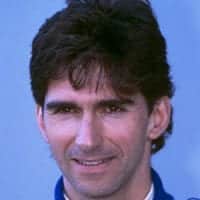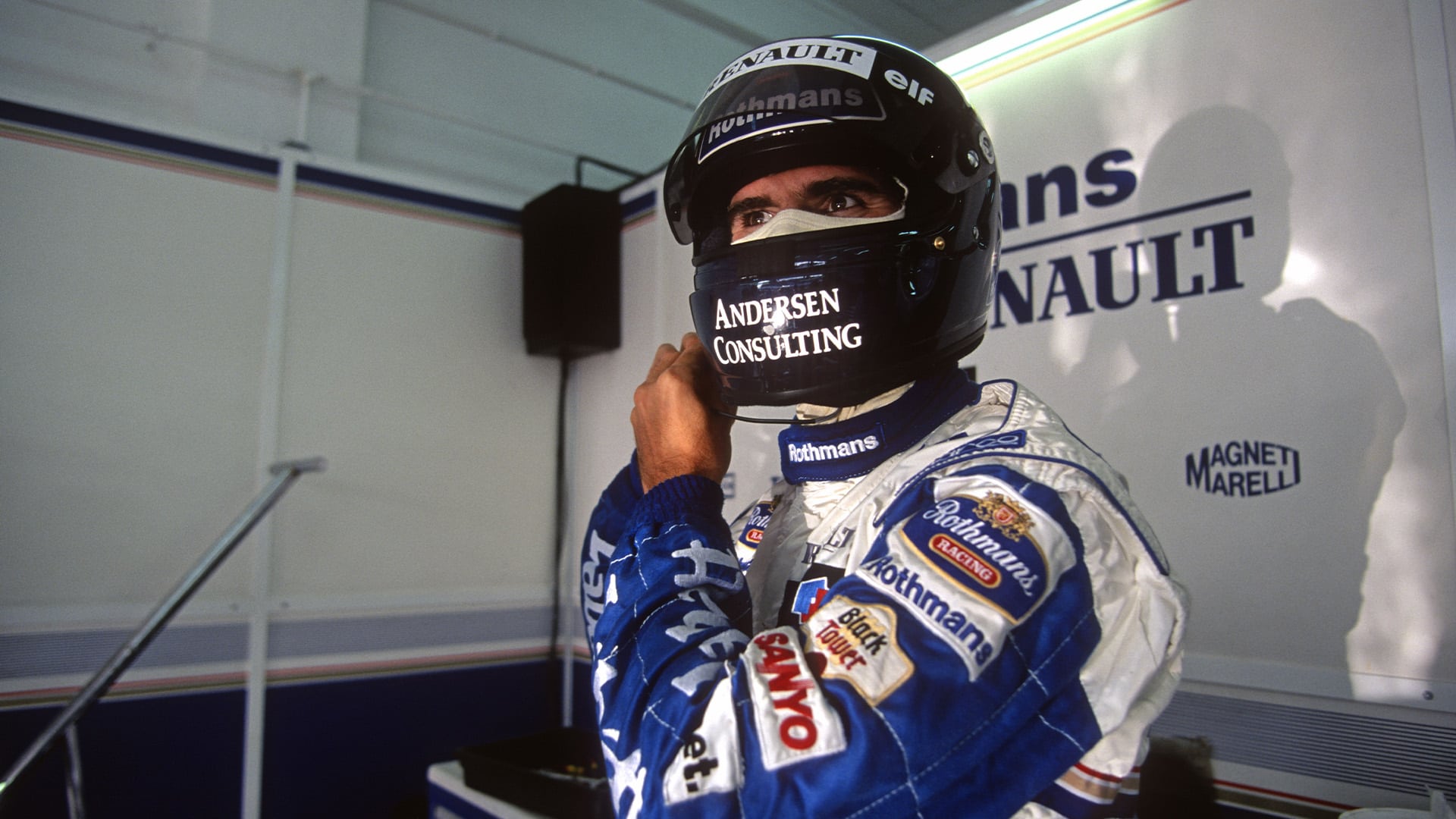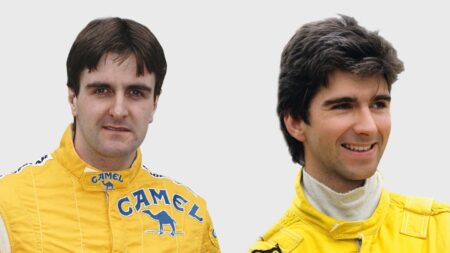Hill landed a fully-funded Cellnet drive for the 1987 season and showed progress in the Intersport-run Ralt RT31-Toyota. On pole position for round two at Brands Hatch, his form noticeably improved once the talented Martin Donnelly joined the team from mid-season. Hill scored breakthrough victories on the championship’s overseas excursions to Zandvoort and Spa-Francorchamps and was a competitive fifth overall.
That earned another season with the team in the 1988 British F3 Championship with Donnelly his team-mate once more. The Irishman missed the last six races of the season to race in Formula 3000 and Hill had usurped the Irishman for third in the standings by the end of the campaign. Another two F3 wins that year included beating Gary Brabham in the British GP support race although more had been expected from his third season in the category. He also started the last two F3000 races of the year – his GA Motorsport Lola T88/50-Cosworth finishing eighth at Dijon-Prenois.
Formula 3000 revelation and Williams F1 test driver
Without a single-seater opportunity at the start of 1989, he drove a Richard Lloyd Racing Porsche 962GTi at Le Mans, retiring on his only appearance in the famous 24-hour race. When his next FIA F3000 chance arose a month later, it was replacing Ukyo Katayama behind the wheel of the solitary but uncompetitive Footwork MC041-Mugen. Qualifying for each race entered was success in itself but 14th was Hill’s best finish in six outings.
Already in his 30th year, Hill joined Middlebridge Racing for the 1990 FIA F3000 Championship and proved to be a revelation. He qualified the team’s Lola T90/50-Cosworth on pole position for successive races at Monza, Enna-Pergusa and Hockenheim only for poor reliability to deny his victory chances. He would have won at Brands Hatch but for a pitstop and second that day was his only meaningful finish of the season.
Bolstered by displays of race-winning pace, Hill moved to Eddie Jordan’s Barclay cigarettes-backed outfit and signed as Williams test driver in 1991. Unfortunately his F3000 campaign was handicapped by his Lola T91/50-Cosworth being no match for the rival Reynard teams. A couple of fourth place finishes were achieved before he switched to a Reynard 91D-Cosworth for the season finale at Nogaro which he finished in third position. That cemented seventh overall in Hill’s third and final F3000 season.
Formula 1 with Brabham and Williams
Hill continued as Williams test driver in 1992, racking up the miles as team leader Nigel Mansell marched towards that year’s world title. Alongside those duties, he joined Brabham at the Spanish GP but the team was in terminal decline and its Judd-powered BT60B was not fit for purpose. Hill qualified for just two of his eight GPs in the car – finishing 16th on debut at Silverstone and 11th on the day that Nigel Mansell was crowned world champion in Hungary. The Hungarian GP proved to be Brabham’s last appearance before the once great team folded.
That sorry episode had not dented his reputation within Williams however. Despite having started just two GPs so far, Hill was promoted into the Williams-Renault race team as Alain Prost’s team-mate for the 1993 World Championship. The Williams FW15C-Renault was the best car in the field and Hill recovered from a couple of errors during the opening race at Kyalami to push his illustrious colleague more and more as the season progressed. Certain victories at Silverstone and Hockenheim were lost to mechanical failure and a puncture before Hill scored successive wins in Hungary, Belgium and Italy. It was almost enough to make the British public forget erstwhile hero Mansell. Hill was third in the World Championship and proved himself worthy of his place in the team.
Challenging for the title in the face of tragedy
Prost won the 1993 title but headed for retirement rather than remain with Williams as team-mate to the incoming Ayrton Senna in 1994. Hill was seen as the perfect complement to the mercurial Brazilian and it was left to the Englishman to lead the team following Senna’s tragic death at Imola. Victory in Spain was followed by a popular home success at Silverstone (a race Graham never won) on the day that rival Michael Schumacher’s Benetton was disqualified.













